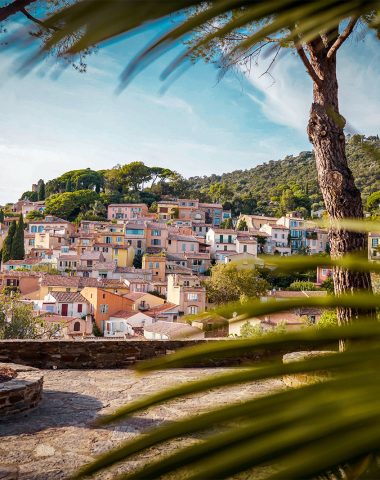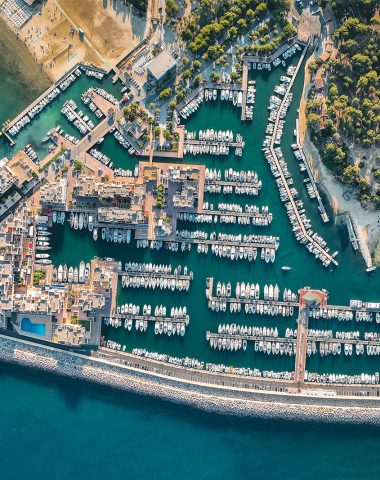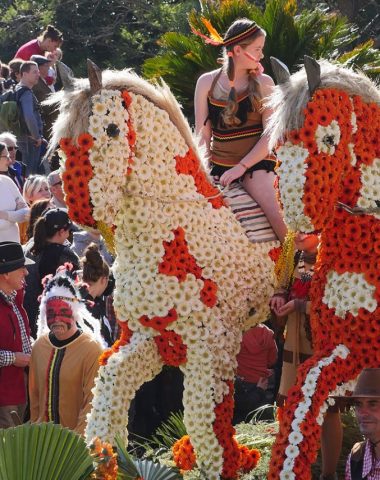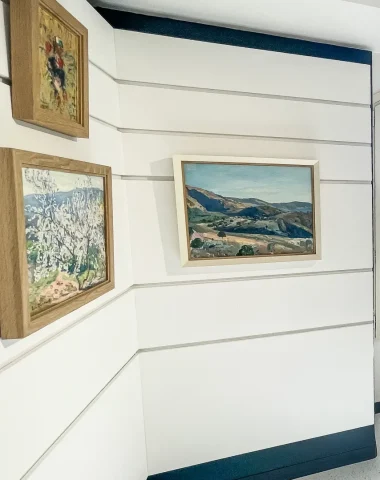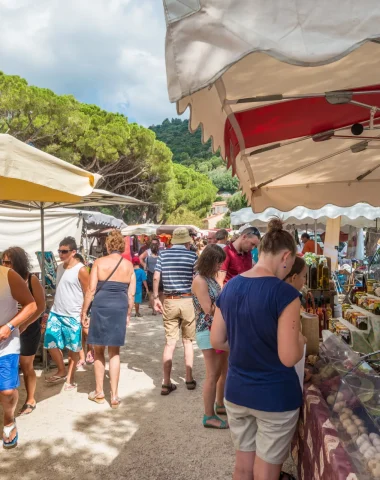Embark on a captivating journey along the Chemin des Sages, a project born from a visionary gathering of the Conseil des Sages, composed of wise individuals aged 60 and above, carefully chosen by local councilors for their wealth of experience. Inspired by the core principles of our Republican motto “Liberté, Égalité, Fraternité,” the council sought to breathe life into these ideals in the town of Bormes.
The Concept Takes Flight
A groundbreaking idea emerged during the council’s meeting—to adorn the town with phrases from renowned men and women, celebrated worldwide for their wisdom and humanism. The goal was to ignite the conscience of both passers-by and tourists, fostering a deeper connection with these universal values. To gain the support of the Mayor and the Council, the decision was made to integrate this pathway with the installation of historical plaques on the town’s iconic monuments. The members of the Conseil des Sages then meticulously designed the route through the medieval village and dedicated themselves to creating the perfect support, texts, images, and symbols for these plaques.

The butterfly, symbolizing joy, beauty, grace, and lightness of being, was chosen as the emblem of the project. Its transformative journey mirrors the essence of personal growth and rebirth. Just like the butterfly, we too experience different stages in life—a profound metamorphosis that allows us to release our past and embrace the beauty of who we’ve become. Symbolizing wisdom, the butterfly becomes a boundless source of inspiration. Beneath its delicate exterior lies an unwavering strength. Despite its ephemeral lifespan of a few days or weeks, the butterfly brings joy and exuberance through its graceful flight, fully savoring every moment that nature presents. Let us, like the butterfly, fearlessly embrace the experiences life offers us, both good and bad, knowing that they are fleeting. After all, our past experiences provide the best preparation for the future, allowing us to tread life’s paths with serenity.
The biography of Simone de Beauvoir
Philosophe, romancière, mémorialiste et essayiste française, considérée comme une théoricienne majeure du féminisme.
Born in Paris, Simone de Beauvoir received a bourgeois, conformist, and religious upbringing. She came from a wealthy background (her father was a lawyer), the eldest of two children. Her mother was a devout Catholic who brought up her two daughters in a strict, traditional environment. At the age of 14, Simone de Beauvoir became an atheist and decided to devote her life to her studies and writing. She studied philosophy at the Sorbonne in Paris, where she met Jean-Paul Sartre, with whom she was to share her life. In 1929, she passed the agrégation in philosophy. After teaching in Marseille, Rouen, and then Paris, she left teaching in 1943, not finding the profession to be conducive to “total emancipation.” It was at this time that she began the literary career to which she had aspired. An ardent advocate of the existentialism embodied by her companion Jean-Paul Sartre, she raised questions about finding meaning in the absurdity of a world we did not choose to be born into. From 1947 onwards, she travelled extensively, visiting the United States in 1950, Africa and Europe. She won the Prix Goncourt in 1954 for Les Mandarins. She continued to travel, to China (1955), Cuba and Brazil (1960), and the Soviet Union (1962), while writing her memoirs and campaigning for women’s liberation.
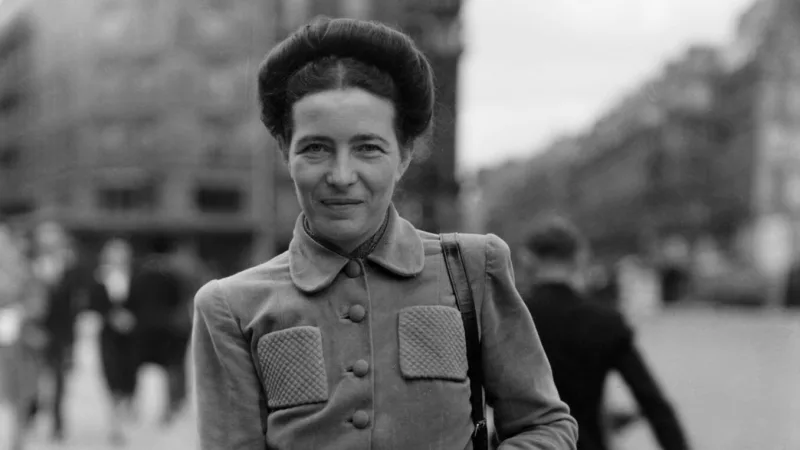
In 1971, she became editor of Les Temps Modernes, a far-left magazine she had founded with Sartre. She remained a contributor to the magazine until her death. Philosopher, essayist, novelist, and playwright, she dominated the women’s literature of her time. Her autobiographical works bring to life an entire generation, that of Saint-Germain-des-Prés. Indignant at seeing women treated as erotic objects, she never ceased to wage a passionate struggle for their liberation. Le Second Sexe became the bible of the worldwide feminist movement.
Following her husband’s death in 1980, her physical and mental health declined due to her dependence on alcohol and amphetamines. She passed away at the age of 78 and was buried in the same grave as Jean-Paul Sartre.
Unveiling the Charismatic World of the Former Village Post Office
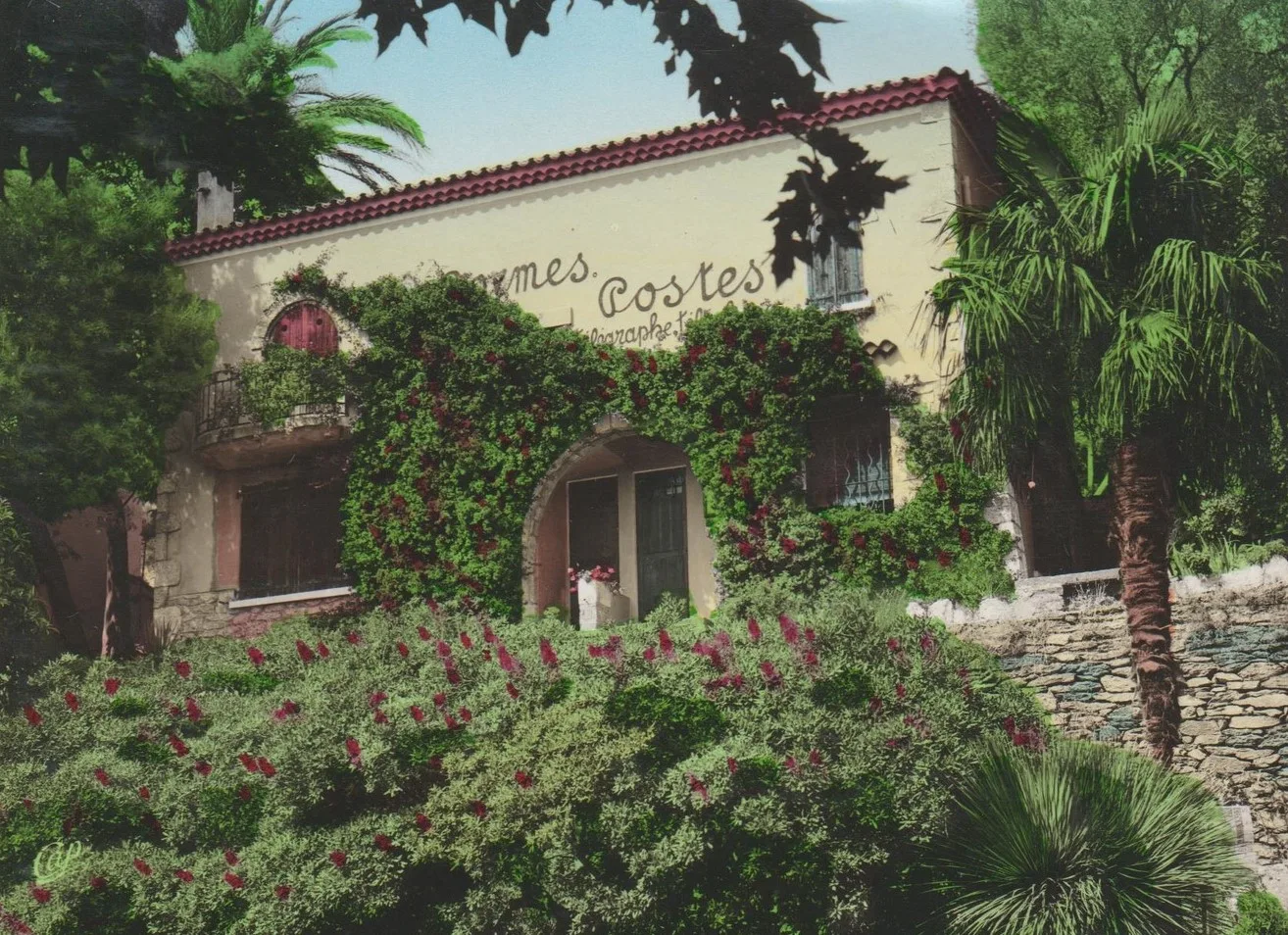
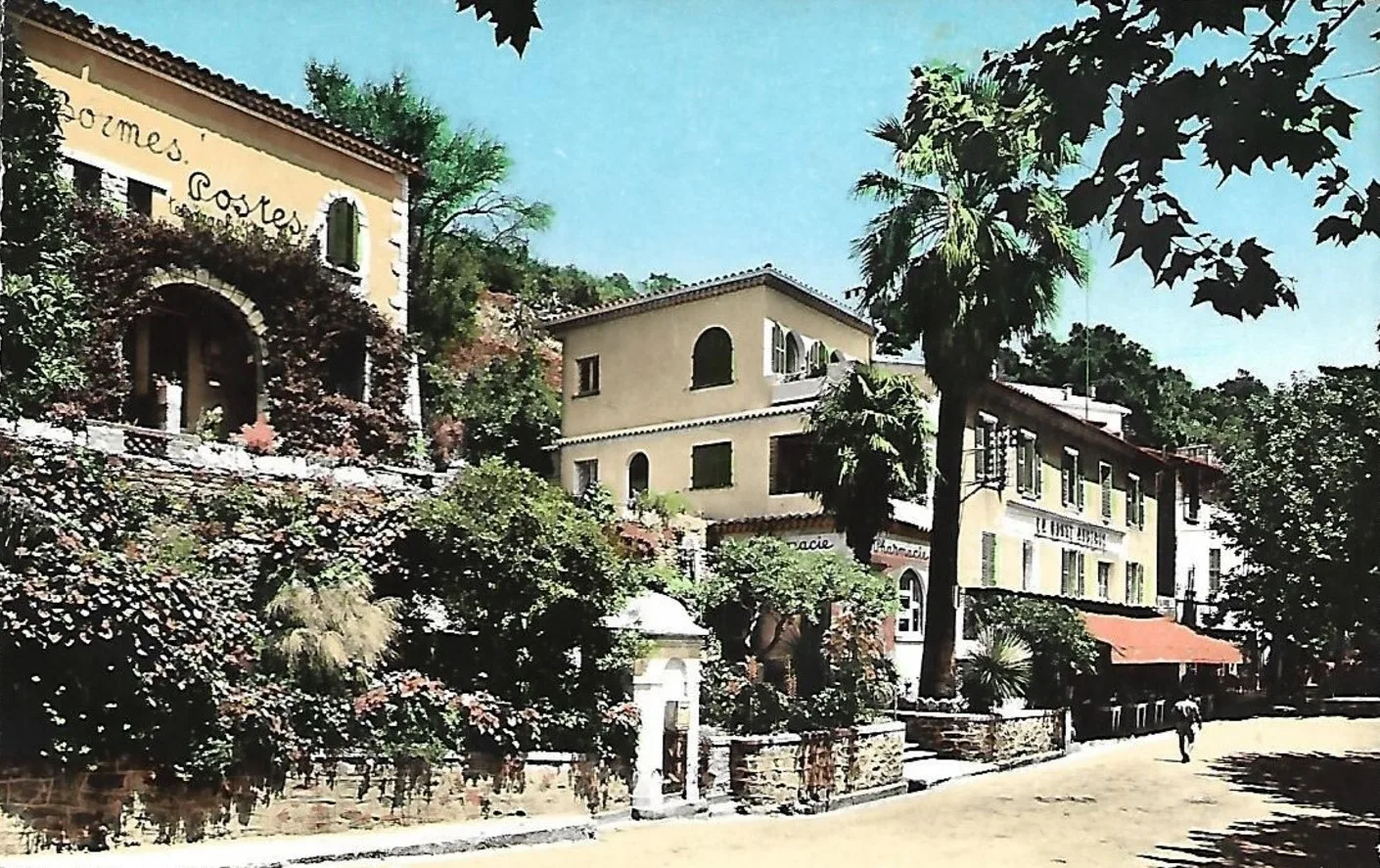
Until the 18th century, the commune lacked a dedicated postal service. The village’s letter carrier, referred to as a “piéton,” undertook the task of transporting mail on horseback, a journey that spanned the entire day due to the poor condition of the roads. In 1769, the first post office was established, serving as a place to deposit letters while awaiting the weekly visit of the letter carrier. By 1790, a tin box had been installed to collect the village’s mail, later transported to Hyères, 20 km away. Adapting to the growth in population, the village post office underwent relocations over time. Finally, in 1978, a new post office was inaugurated by Norbert Segard, Minister of Posts and Telecommunications.


